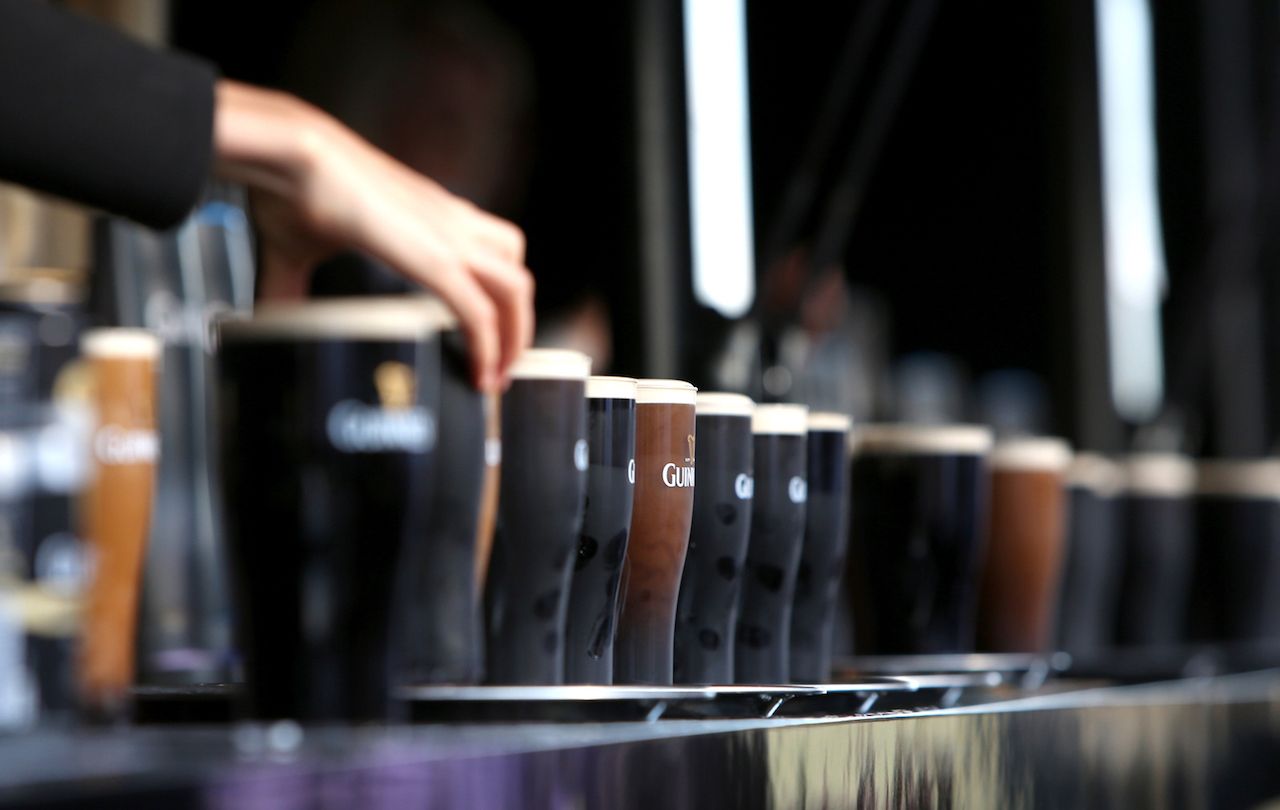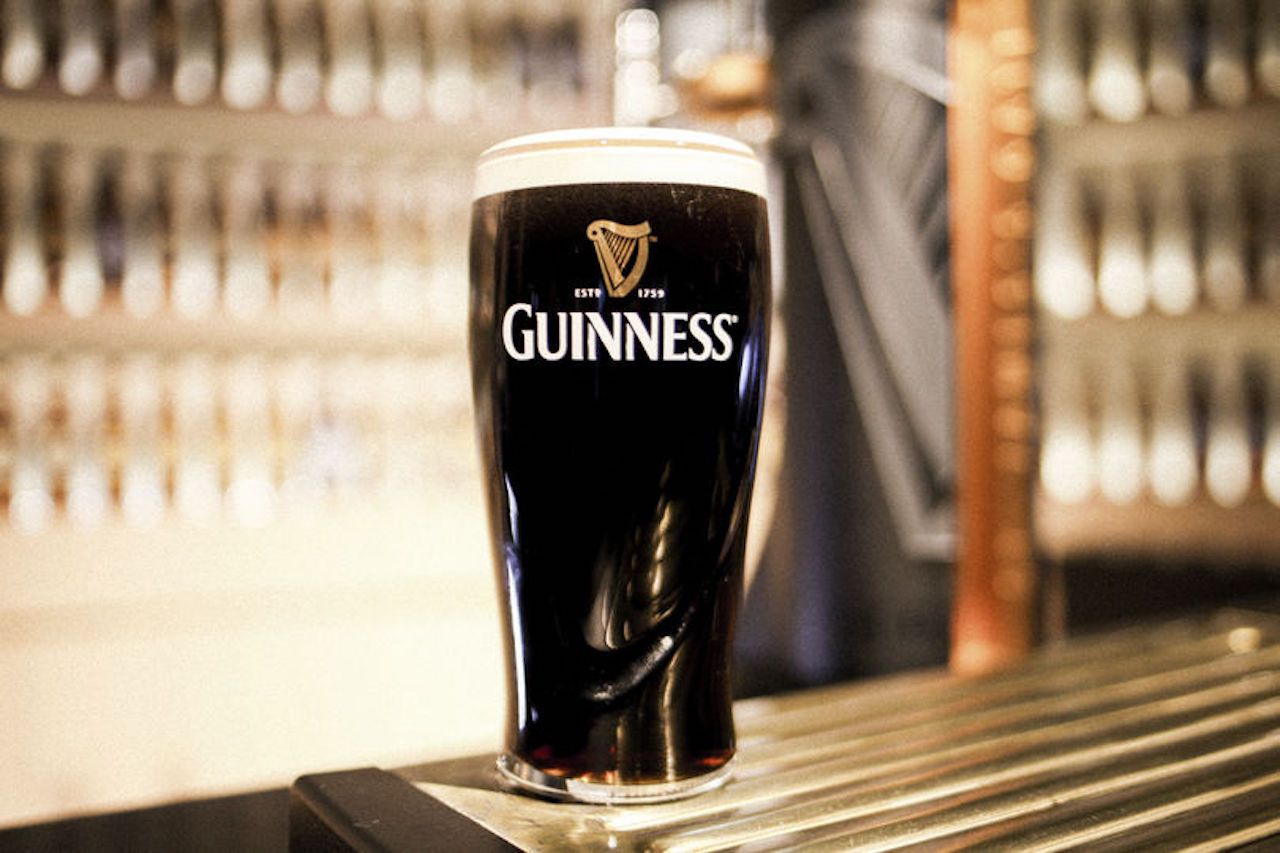The Guinness brewery opened in Dublin, Ireland, in 1759. Since then, it’s become one of the most ubiquitous beers worldwide. With that popularity and ease of access comes a lot of mythology.
We determined fact from fiction with studies and the help of Heather McReynolds, a social media correspondent with Guinness. She’s spent 10 years in the beer industry, from head brewer at The Cannon Brew Pub in Columbus, Georgia, to brewing manager at Sixpoint Brewing in Brooklyn, New York, to her current role with Guinness.





